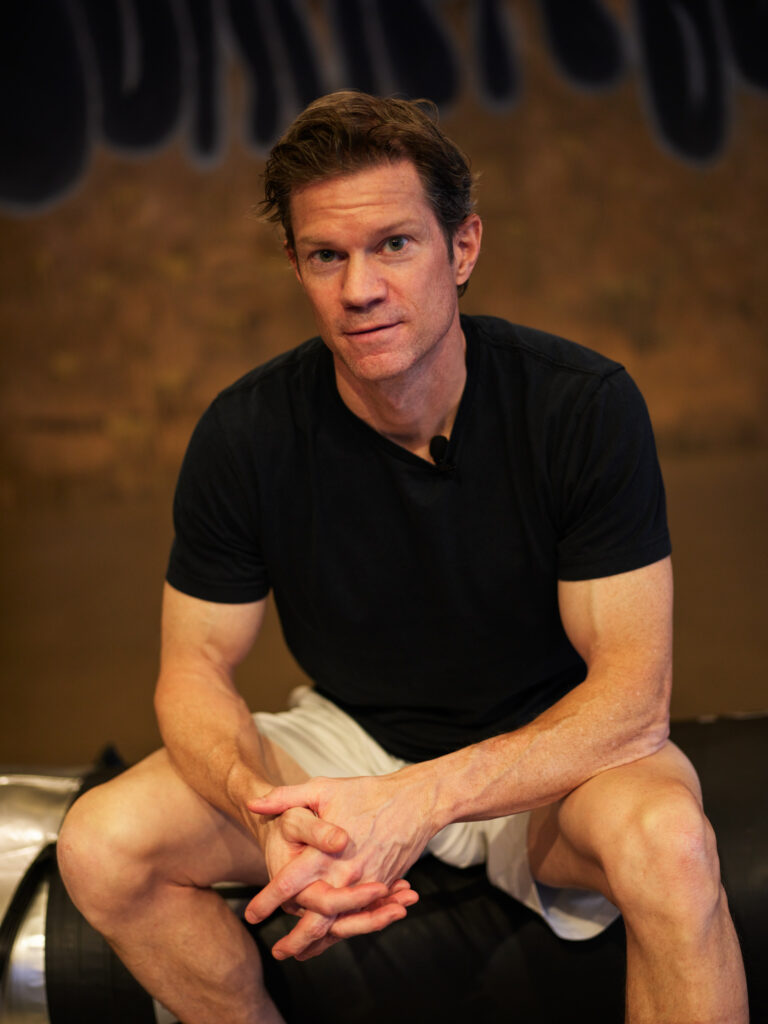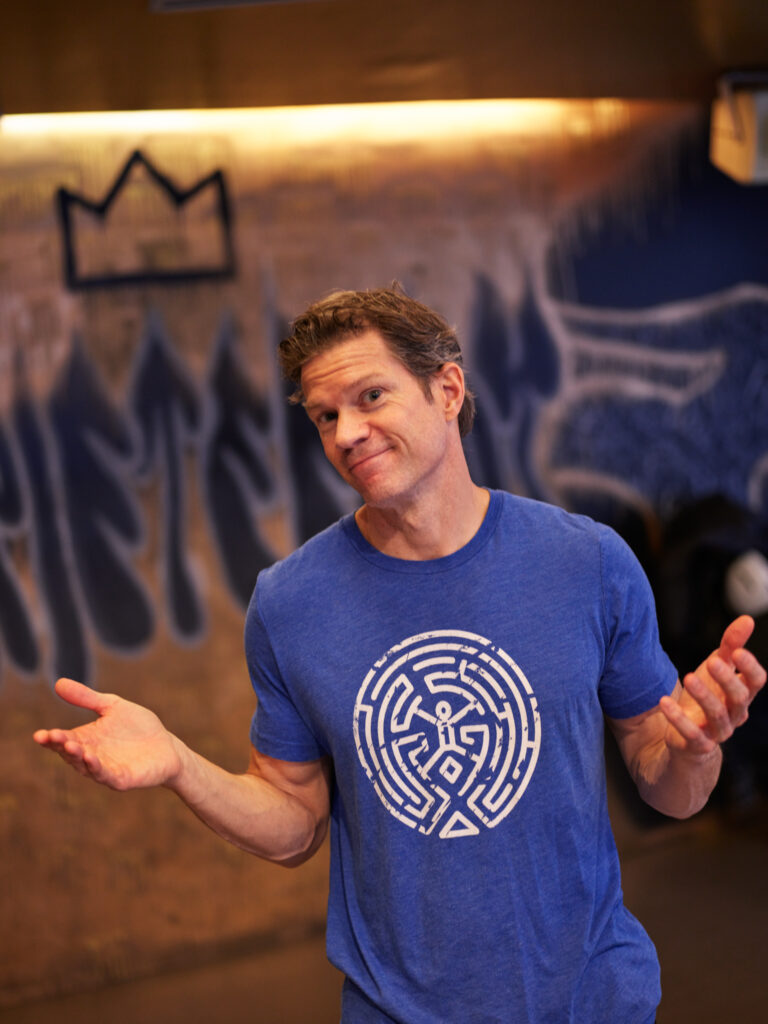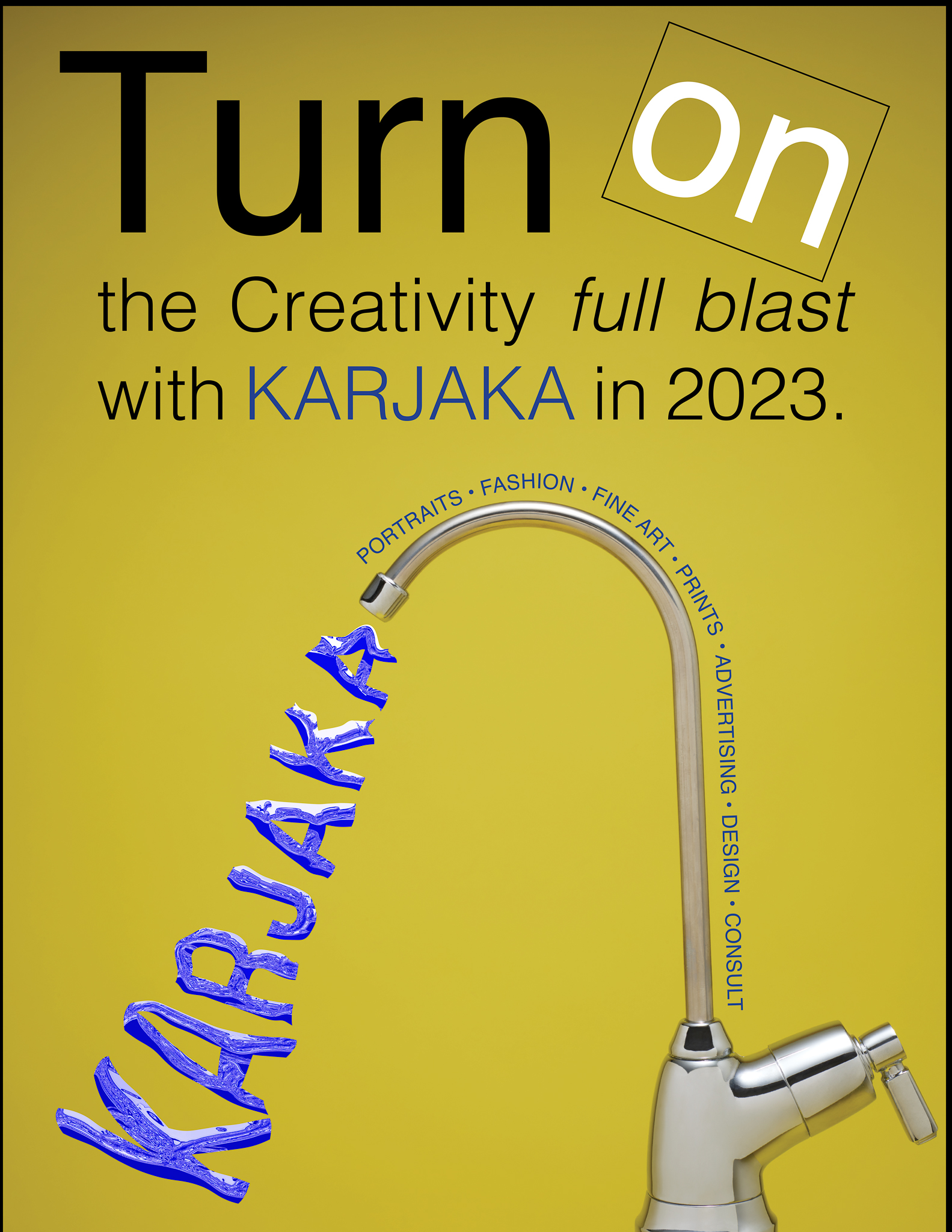
As park guests entered the Westworld theme park in the HBO series Westworld, they had the option of selecting the white cowboy hat or the black hat. White, as you may have guessed, represents the good guy—the upstanding citizen who plays by the rules. The black hat is the villain, the renegade. The Man in Black initially grabbed the white hat off the rack—he considered himself a virtuous, loyal soon-to-be-husband with a keen sense of integrity. He believed himself to be devoid of self-serving actions. Needless to say, he thought very little of his friend who invited him and demonstrated various acts of violence and hedonism (his friend chose the black hat).
However, as he spends more time immersed in the debauchery of the theme park, he allows himself to take off the collar of obedience and abuse the life-like robots who represent the “hosts”. With no repercussions for his actions, he reasoned that he did what any normal visitor to the park would do: indulge in their every temptation. Not only that, as he continued to frequent the park he lost his entire moral compass and felt zero empathy for the hosts he abused, maimed, and killed for his own pursuit. He even took matters a little too far with his good friend (and brother-in-law) and left him in an abused and desperate situation.
All of this was in pursuit of finding a child-like maze that he thought would solve all his problems and provide the answer to life’s biggest mysteries. To say he had great difficulty separating reality from fantasy would be quite the understatement.
Perceptions can be tricky.
New Year’s resolutions are probably the most criticized and scrutinized metric outside of politics. They’re as old as time. And yet we still all make these solemn promises to ourselves—and others—in vows of sworn self-testimony to make us better humans. We want to believe that the turn of the calendar is reason enough to re-create ourselves, so we make bold declarations that are often very black and white in their expected outcomes.
There is a certain tribal mechanism involved when it comes to any type of resolution, regardless of timing. It’s often initiated by others who’ve publicly made their new aspirations known. And I believe these pacts are better seen to the end when we know others are sweating, bleeding and crying as a syndicate during the process.
Sharing this venture allows us to commiserate—within an understanding platoon—in a supportive way and lets us see that we aren’t alone. It can also be facilitated by having an experienced professional guide and direct decisions and actions along the way because they’ve been there before. Academic advisors, financial gurus, lawyers and coaches are all within this ring of expertise that should be able to lead their clients through these life altering decisions.
There are no quick fixes. No overnight solutions. The truth about New Year’s resolutions is they aren’t so black and white. They’re much more gray. They can be nuanced and honed along the way as unfamiliar and new skillful regimens are habitually executed with techniques that get better over time. They need to be sculpted and drawn up to fall within the boundaries specific to the ability of the individual. They should push someone into some discomfort, but not so much that they’re self-defeating.
In two words, they are a delicate balance.
And these resolutions come in the form of 5 major categories (as per a survey by statista.com) for 2023:
- Exercise more (52%)
- Eat healthier (50%)
- Lose weight (40%)
- Save more money (39%)
- Spend more time with family and friends (37%)
And—as it’s been well-documented—new health, financial and social proclamations often fall short of their intended goal. It’s almost expected.
And that’s often because many targets are (among other things):
—poorly structured and not organized or tracked
—set too high and unrealistic
—anticlimactic because despair creeps in
—not given the proper allocation of time

Unfortunately, no one is Neo. We can’t upload martial arts in 7 seconds and become an instant black belt. We can’t have the ability to pilot a helicopter in 4 seconds. It sucks. I know.
Instead our bodies and minds must observe the laws of modifications that embody thinking differently and moving differently. These laws (which I pseudo made up as “laws”) take time to adapt to. Objectives with the highest success rate occur when there are parts that make up the whole: ie smaller attainable sections that lead down the Yellow Brick Road to the unveiling of the Wizard of Oz.
Transition before we are “ready” for it is the definition of transition itself. Transition rarely comes at a convenient time. And it comes at a cost. The best transitions are the ones that occur proactively with a knowing sacrifice at hand—not when we are forced to due to straining circumstances.
So, how do you do it?
I can only speak on the strength and mobility aspects:
Plan your goals in smaller increments: instead of looking to shed 10 pounds of fat in 2 months, try fitting into 1 size smaller of pants/dress every 6 weeks. Or look to lose 1-2% of body fat each month. These are sustainable goals that can be achieved each month that manifest in lifelong habits and will keep you on track for a larger goal that you don’t have to worry about until much later down the road.
Eat just 100 calories less each day. That adds up to a deficit of about 3,000 per month or roughly almost 1 pound of bodyweight (3,500 calories equals 1 pound of fat). Couple this with a workout routine and you’ll soar past a calorie deficit each month and could lead up to 10 pounds of body fat loss over a year. Which leads to….
…a planned out strength and mobility program that is consistent, concise, intense and achievable. The consistency of a program is the needed transition the body must endure on a weekly basis. That creates more thermogenesis which will create a daily uptick in metabolic efficiency and utilize more of the calories consumed.
A fitness program will also remove the wasted time figuring out what and how you want to spend your time training. It sidesteps doubt and formulates a part of your day that is inclusive with all the other daily things you do. Finally, it most accurately documents improvements both in the body internally and with external weights. A consistent program will measure your progress—or lack thereof*.
*stumbling within a program is not a bad thing: a good coach will find a different exercise or regress the prescribed one in the program. It also can sift out a weakness not known before that—once rectified—makes other lifts and movements stronger.
Add to that a coach that can hold you accountable and that can help to:
—> troubleshoot questions
—> instill proper form
—> map out effective routines and
—> encourage you to break through mental barriers
That’s a formula that embraces a healthy and balanced lifestyle that can even allow guilt free meals from time to time. It’s a mindset that one workout doesn’t make or break a lifelong pursuit; rather it’s a blip that’s afforded once the body acclimates to improved metabolic and movement demands. And that goes for having a one-off for eating sinful foods every once in a while too.
Ultimately, the journey to an improved self is a lifelong dedication. It’s something that needs to be entwined into a daily ritual and awareness. Once a program is established and seen through, it’s like the center of the maze that the Man In Black was seeking in Westworld: it’s an expedition that never has an endpoint—and it’s not meant to. The process in getting there should be embraced and used as a learning tool. Racing to the end and seeing the answers is not at all satisfying and never sustainable. We do not learn from being handed the answers. The patience of allowing ourselves moments of highs and lows within all learning curves is priceless and can’t be substituted for.
We may never find the center of the maze like Dolores from Westworld, but we aren’t supposed to and that’s ok. It’s the path to get to the center that matters.
And we absolutely do not need to choose either a black hat or a white hat to designate our preference. We can fall somewhere in between. Soft goals to start out are better to adhere to and they can become more firm as we move through weeks and months of adjusting our lives around new habits and schedule changes.
After all, if millions of people can undergo physical transitions every year, why can’t you?


